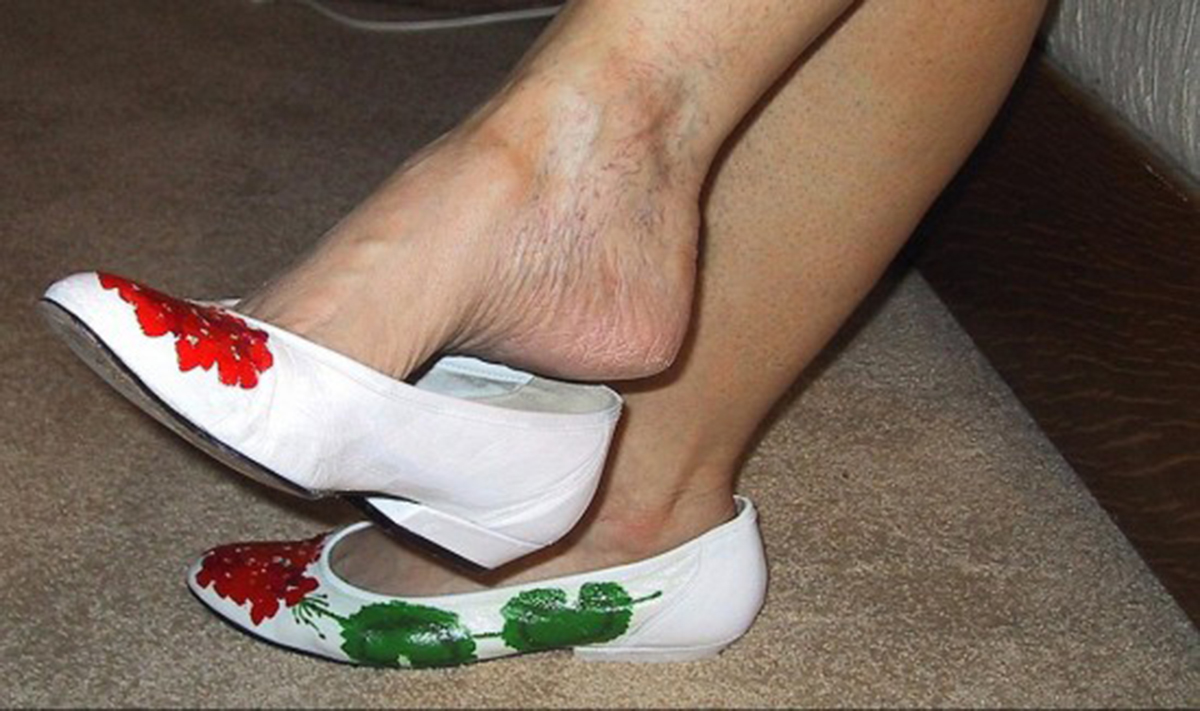Table of Contents
Spider vein removal or sclerotherapy, is a procedure designed to permanently remove the spider veins, making the legs look younger and healthier. This procedure involves either delivering intense pulsed light to the veins, or injecting a sclerosing solution that collapses the veins and causes them to fade away. Sclerotherapy as an injection therapy is a special, non-surgical, procedure in which a solution is injected into the varicose veins or spider veins in order to cause their disappearance. It is non-invasive.
A variety of solutions are used in sclerotherapy and the dosage is usually adjusted based on the size of the veins. The good thing about this is that non-surgical incisions are made and anesthesia is not necessary. When a problem vein is closed off via sclerotherapy, the blood will re-route through normal veins and flow much more efficiently.

Benefits of sclerotherapy
There are many reasons why a person would want to have a spider vein removal.
The most common reasons are:
- Enhancing appearance and self-confidence
- Improving the appearance of the skin
- Wanting the legs to look younger
- Removing bothersome symptoms associated with spider veins
Indications for the therapy
The statistical fact is that most women who undergo treatment are usually between the ages of 30 and 60. Men can also receive this treatment, but it is usually not such a big cosmetic problem for men because body hair usually conceals the spider veins. The ideal candidate for the spider vein removal would be a patient who would like to improve the appearance of the legs. A person considering this procedure should have realistic goals and expectations.
Pregnant or breastfeeding women should consider holding off on treatments for spider veins through injection sclerotherapy. That’s because spider veins caused by pregnancy will disappear on their own a few months after the baby is born.
The procedure
Laser Light Therapy
If there are several affected veins, the larger veins are usually treated first. During this procedure, a dosage of intense laser light energy is delivered to each vein in a series of long or short pulses. The blood vessels then absorb the light energy, which causes the blood within the vein to coagulate and close down the vein.
Injection Sclerotherapy
Each treatment session lasts about 15 to 45 minutes depending on the condition of the veins. While stretching the skin to keep it tight, the doctor will inject the sclerosing agent into the spider veins. This is usually performed with the help of some magnification tool. The spider vein removal involves many injections, one for every inch of spider vein. During the treatment five to forty injections may be given.
Ultrasound guided sclerotherapy
Ultrasound guided sclerotherapy is a special method that uses ultrasound to locate the underlying leaking veins! The leakage could come from small 'perforated veins' that are usually below the knees, behind the knees or in the groin.
Indications for this type of sclerotherapy are:
- Very large varicose veins
- Leg ulcers
- Skin conditions
Laser therapy
Lasers have been used in varicose vein therapy for more than twenty years now, but patients are still often suspicious about it. Wavelengths of light are absorbed by the hemoglobin in the blood vessels to destroy them. Many types of lasers are being used such as pulsed dye, long-pulsed, variable-pulsed Nd-YAG, and Alexandrite, as well as the non-laser intense pulsed light technique. This is a very targeted and effective procedure.
Expectations
Complete correction is not expected after the first treatment. Only about 50 to 70 percent of the treated vessels will be permanently gone. 3 to 4 treatments are generally required for optimal results.
Possible procedure complications
Possible side effects of sclerotherapy include:
- Bruising may appear at the site of the injection, but usually disappears in a few weeks.
- Brown lines or spots - These may appear on the skin at the site of the injected blood vessels and they usually occur when blood escapes from the treated vein into the skin. In most cases, this discoloration will disappear in time. Many experts are advising patients not to take iron supplements while receiving sclerotherapy, as brown lines are caused by the iron content of the red blood cells. Laser therapy can treat stubborn lines or spots, although this treatment cannot be guaranteed to work.
- Lumps may occur in larger injected veins but they are not dangerous at all. They will either be removed a few weeks after the injection or will clear on their own.
- Swelling may occur in people who have had large veins treated
- Matting - A network of fine blood vessels can develop after sclerotherapy.
This can be due to a number of reasons including lack of compression, inadequate compression, hormonal supplements, vitamin E supplements, use of anti-bruising creams or creams containing vitamin E, and inadequate treatment of underlying veins. Matting may resolve spontaneously but it may last for a year or longer. It can also be treated using special injection techniques.
- Ulcers may form at the site of the injection. They can occur immediately after the injection or a few days later. They are rare, but can be quite painful and usually leave scars after they heal.
- Inflammation and blood clots can affect the treated large veins.
- www.plasticsurgery.org
- www.aad.org
- www.betterhealth.vic.gov.au
- en.wikipedia.org/wiki/Sclerotherapy
- Photo courtesy of Podma by Flickr : www.flickr.com/photos/61772605@N07/5765626952/

